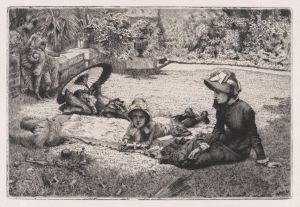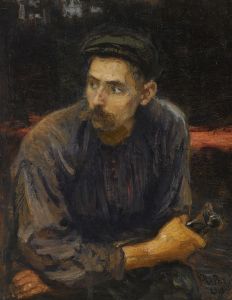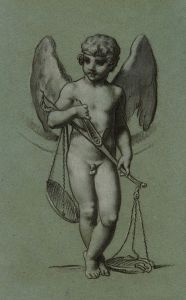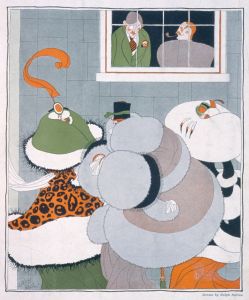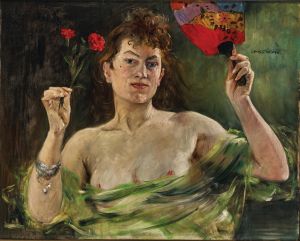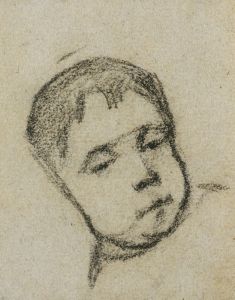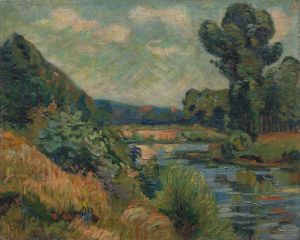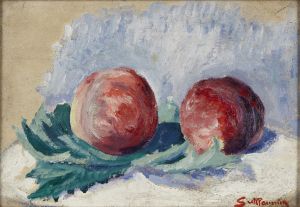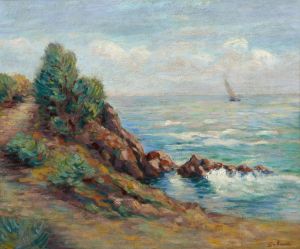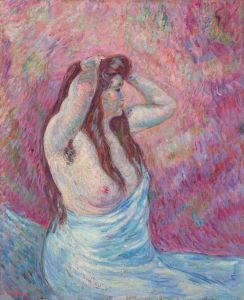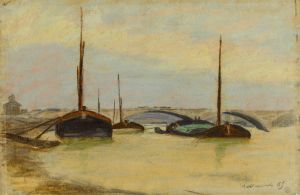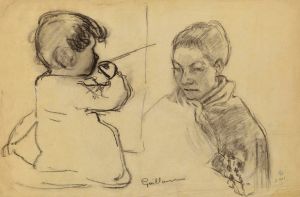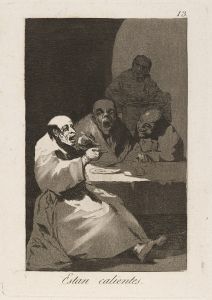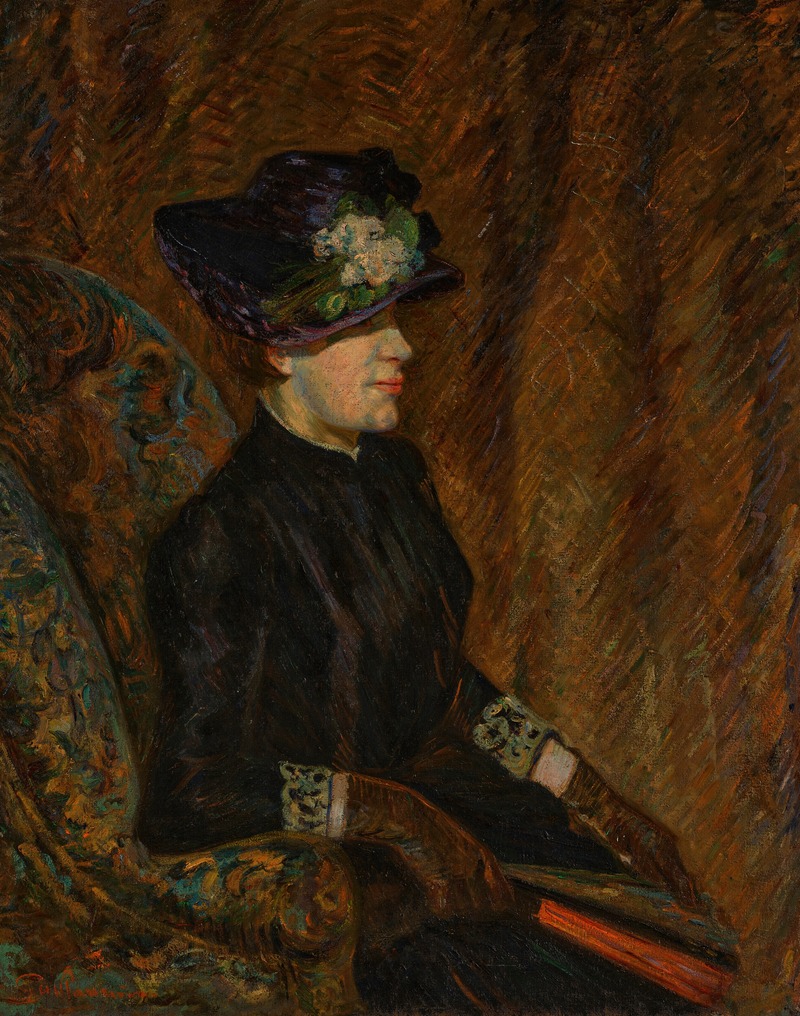
Madame Guillaumin à l’éventail
A hand-painted replica of Armand Guillaumin’s masterpiece Madame Guillaumin à l’éventail, meticulously crafted by professional artists to capture the true essence of the original. Each piece is created with museum-quality canvas and rare mineral pigments, carefully painted by experienced artists with delicate brushstrokes and rich, layered colors to perfectly recreate the texture of the original artwork. Unlike machine-printed reproductions, this hand-painted version brings the painting to life, infused with the artist’s emotions and skill in every stroke. Whether for personal collection or home decoration, it instantly elevates the artistic atmosphere of any space.
Armand Guillaumin, a notable French Impressionist painter, created the artwork "Madame Guillaumin à l’éventail" during his prolific career in the late 19th and early 20th centuries. Guillaumin was known for his vibrant use of color and his ability to capture the essence of landscapes and everyday scenes with a unique and expressive style. Although not as widely recognized as some of his contemporaries like Claude Monet or Pierre-Auguste Renoir, Guillaumin's work holds a significant place in the Impressionist movement.
"Madame Guillaumin à l’éventail" is a portrait of the artist's wife, Marie-Josephine Charreton, who was often a subject in his paintings. The title translates to "Madame Guillaumin with a Fan," indicating that the painting likely features her holding or using a fan, a common accessory in women's fashion during that era. This painting exemplifies Guillaumin's skill in portraying intimate and personal aspects of his life, offering a glimpse into his domestic environment and personal relationships.
Guillaumin's technique in this painting, as in many of his works, is characterized by bold brushstrokes and a vivid palette. He often employed a technique that emphasized the play of light and shadow, capturing the fleeting effects of light that are a hallmark of Impressionism. His use of color was particularly distinctive, often employing bright and contrasting hues to create a sense of vibrancy and movement within the composition.
The painting reflects the broader context of the Impressionist movement, which sought to break away from the rigid conventions of academic art. Impressionists like Guillaumin focused on capturing the immediate impression of a scene, emphasizing the effects of light and atmosphere over detailed realism. This approach was revolutionary at the time and paved the way for modern art movements that followed.
Guillaumin's contributions to Impressionism were significant, though he remained somewhat in the shadow of his more famous peers. He was a founding member of the Société Anonyme Coopérative des Artistes Peintres, Sculpteurs, Graveurs, which organized the first Impressionist exhibition in 1874. His work was well-regarded by his fellow artists, and he maintained friendships with figures such as Camille Pissarro and Paul Cézanne, who influenced his artistic development.
"Madame Guillaumin à l’éventail" is a testament to Guillaumin's ability to blend personal subject matter with the broader themes of the Impressionist movement. While specific details about this particular painting, such as its current location or exhibition history, may not be widely documented, it remains an important piece within Guillaumin's oeuvre. The painting not only highlights his technical skill and artistic vision but also provides insight into the personal life of an artist who played a crucial role in one of the most transformative periods in the history of art.





